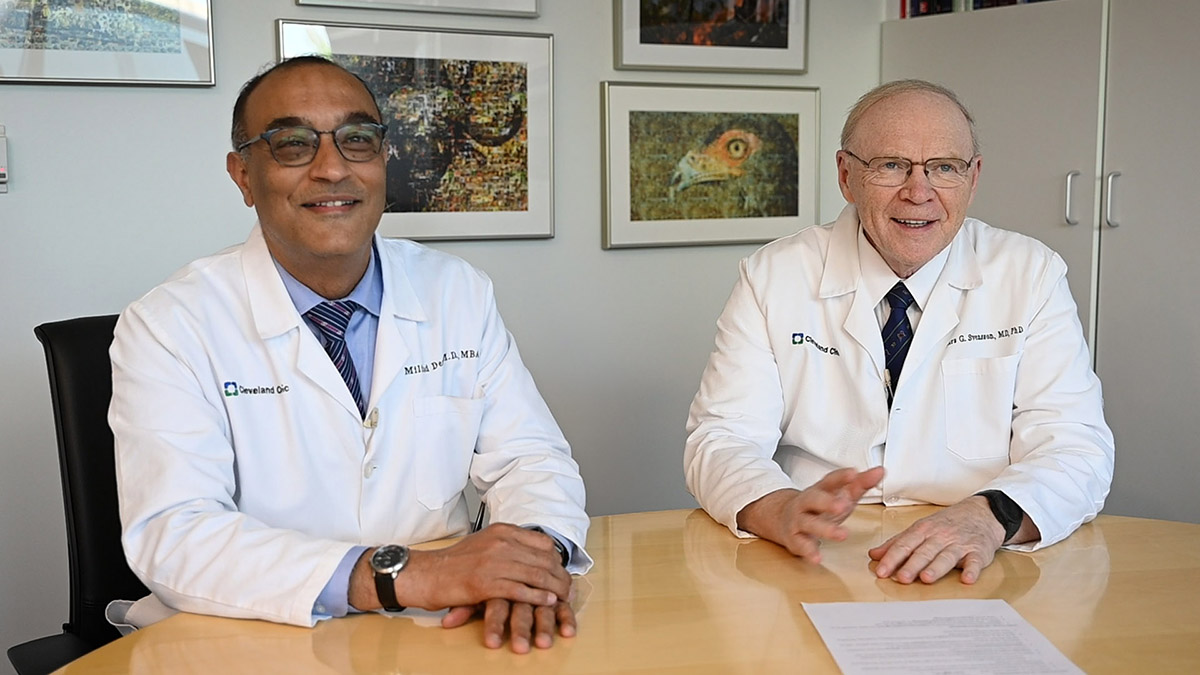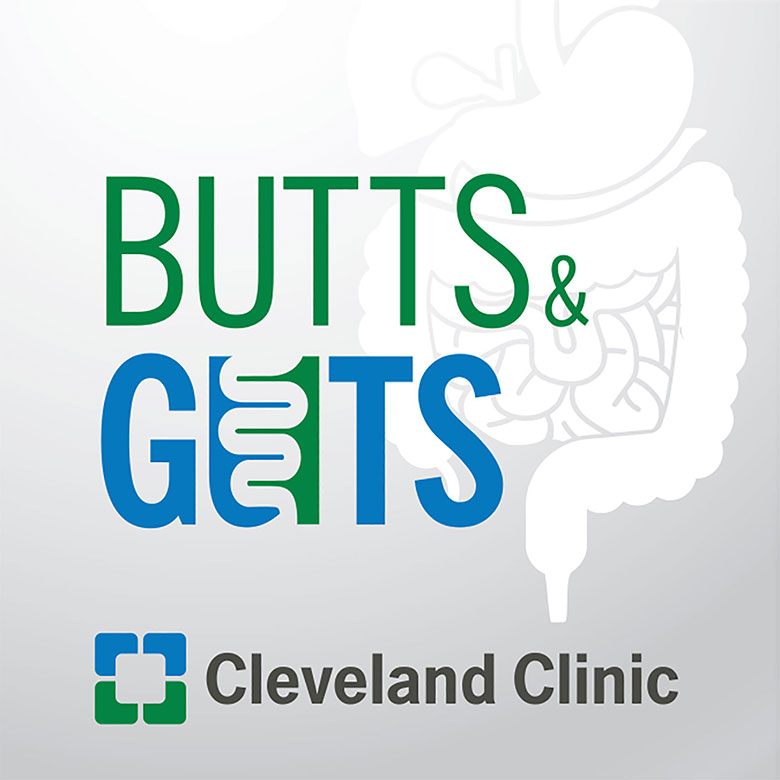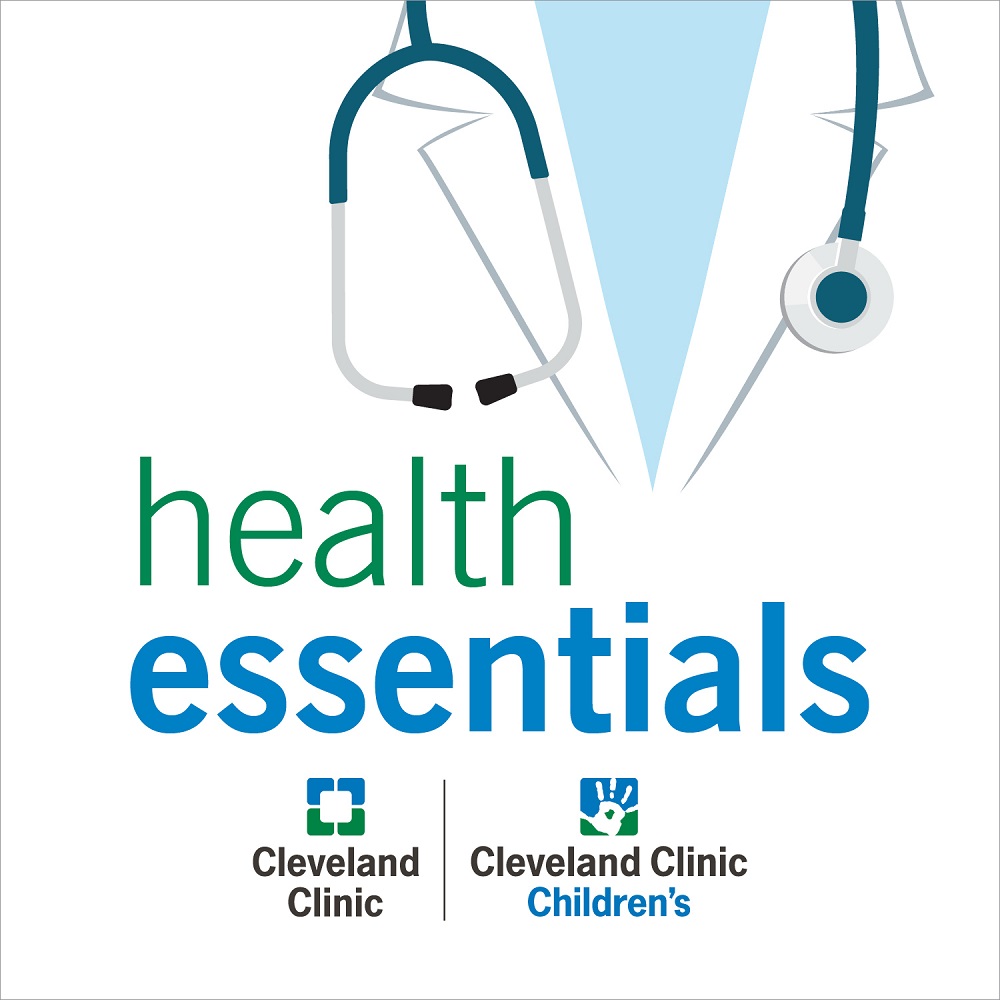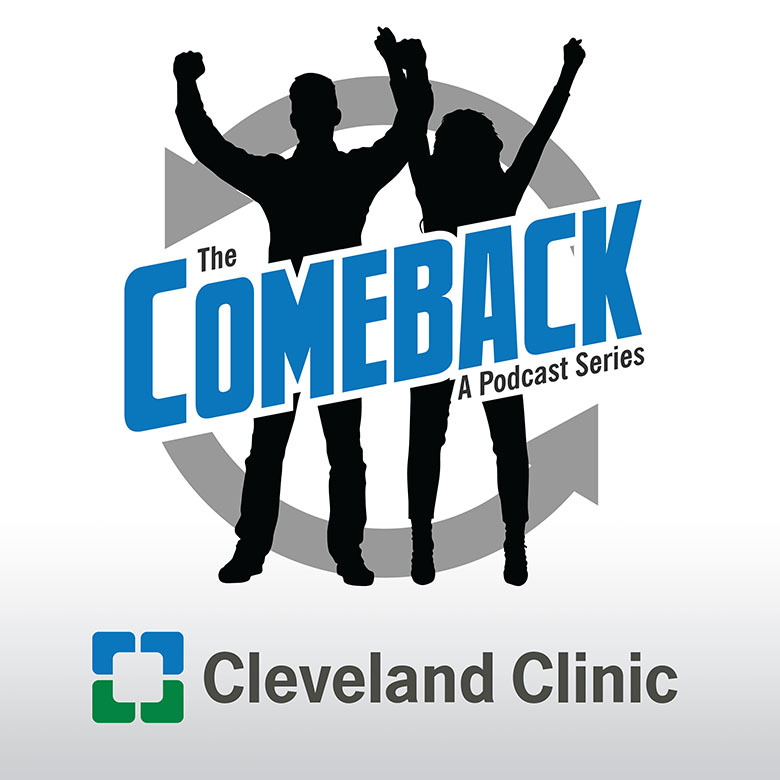Marfan Syndrome and Connective Tissue Disorders - Part I

Connective tissue disorders like Marfan, Loeys-Dietz and Ehlers-Danlos syndromes can affect the heart and aorta, the main blood vessel that carries blood throughout the body. Cleveland Clinic experts discuss the diagnosis of these syndromes and considerations for heart and aorta care for patients with connective tissue disorders in part one of this two-part series.
Meet the Presenters:
Lars Svensson, MD, PhD
Chief of the Sydell and Arnold Miller Family Heart, Vascular and Thoracic Institute
Milind Desai, MD, MBA
Vice-Chair of Education, Heart, Vascular and Thoracic Institute
Schedule an appointment at Cleveland Clinic by calling 844.868.4339.
Learn more about the Cardiovascular Marfan & Connective Tissue Clinic.
Listen to Part II of this podcast discussion.
Subscribe: Apple Podcasts | Podcast Addict | Buzzsprout | Spotify
Marfan Syndrome and Connective Tissue Disorders - Part I
Podcast Transcript
Announcer:
Welcome to Love Your Heart, brought to you by Cleveland Clinic's Sydell and Arnold Miller Family Heart, Vascular and Thoracic Institute. This podcast will explore disease prevention, testing, medical and surgical treatments, new innovations, and more. Enjoy.
Lars Svensson, MD, PhD:
Hello, and welcome to another session where we're going to discuss a disease that we manage here at Cleveland Clinic quite often, a syndrome or syndromes, that we have particular expertise on. Today, we're going to talk about Marfan syndrome and connective tissue disorders. I'm Lars Svensson. I am the Chief of the Heart, Vascular and Thoracic Institute (HVTI). With me today is Milind Desai. He's our Vice Chair for HVTI in Education. He has a world-recognized expertise in cardiomyopathies, how to treat patients with myectomies, and doing some groundbreaking international trials. But also, he has been very involved with connective tissue disorders and the genetic analysis of these patients. Thanks for joining me, Milind.
Milind Desai, MD, MBA:
Thanks for having me, Dr. Svensson. This should be good. This should be fun.
Lars Svensson, MD, PhD:
All right. Let's start off with what alerts you to a patient potentially having Marfan syndrome or Loeys-Dietz? In many ways, I think of a disease or syndrome that's between Marfans and Ehlers-Danlos, there's some overlap there. Let's talk particularly about Marfan syndrome and Loeys-Dietz. Before we get into the genetics, let's talk about, let's say, the modified Ghent criteria for Marfans.
Milind Desai, MD, MBA:
Marfan and connective tissue disorder patients, they tend to be tall individuals. They have long limbs. There are many chest abnormalities, something that we call pectus. Some of these things alert us when we see them. Many patients often have lens dislocation, so they have some visual, eye, ophthalmologic abnormalities. They have increased arm span, et cetera.
When you see somebody like this, it alerts you that this person may have a connective tissue disease. Then obviously, we take it to the next step and do some additional analysis. There is something called modified Ghent criteria, which develops a score based on these physical features. Once you reach a certain threshold, then you are most likely to be considered Marfan syndrome. Then, when we get into the details, these folks have genetic mutation in the Fibrillin-1 gene. That basically is an autosomal-dominant gene. That clinches the diagnosis.
A thing that is common with these patients is the presence of aortic aneurysms. That's the important thing to recognize, predict, look for, evaluate, and develop a plan for long-term management. Many of them also have valvular disease concomitant, and they may present with a picture of cardiomyopathy in addition to aortic aneurysms.
Lars Svensson, MD, PhD:
Thank you, Milind. Here's the way I think about it. I see a lot of patients with aortic root aneurysms. We do a lot of re-implantation operations for that with great success here at the Cleveland Clinic. When I see a patient who comes in with a root aneurysm, I know 50% of those patients will have a family history of some type of familial disease, like Marfans or Loeys-Dietz.
I then start, when I first see them, obviously, a tall person, and I ask them about their family history. I often know already from reviewing the chart what the family history is, and then there may or may not be a history. But 26% of patients with Marfan syndrome, the mutation is spontaneous. In other words, there's not a familial member or blood relative who has Marfans. As Milind said, it's autosomal dominance, so one in every two people should get it. Sometimes it seems like it's more frequent than that in some families, but that's where I start with the conversation.
Then I ask, "Did you have a crooked spine when you were younger?" That's either kyphosis or scoliosis. "Have you ever had any dislocations?" For example, patella dislocations, occasionally shoulder dislocations. Obviously, sports injuries. Sometimes they've had club foot, or they have had to have corrective braces for that sort of thing. This is on the musculoskeletal side. Long fingers, arachnodactyly, the thumb test is what I usually ask people to do. If you put your thumb in your hand and squeeze down on it and it extends beyond the palm, that is a fairly good test of a patient with a connective disorder. It's not for everybody, but often that's a good sign.
The other thing that Milind mentioned is pectus. It can be an outgoing chest, so a pigeon chest, or it can be ingoing. Pectus excavatum or carinatum, which are the two variants. The other thing I'll ask is about stretch marks. Often, if people have scars, I have a look at their scars. Their scars are often bigger. The stretch marks can be, for example, on the back. It's a different matter if somebody who's been overweight or done a lot of weightlifting and gets scars from that.
The other thing is I check the person's mouth, a high-arched palate. I'll ask, "Have you had braces or not?" I also look at the uvula. That's the thing at the back of one's throat that sort of hangs down. In Loeys-Dietz patients, it's often described as being bifid uvula, or two prongs, bifid. But I don't often see that. Then I ask about eyes. Milind mentioned lens dislocation. But there can be milder problems. Cataracts are something that show up as people get older.
When it comes to patients with Loeys-Dietz, they often have a longer forehead and sides of the head. That may also be something that alerts one to it. Then you start looking at the CAT scans, the shape of the aortic root. In patients with Loeys-Dietz, you look at the greater vessels, the blood vessels going to the arms and up the carotids and the rest of the aorta.
In Marfan's, historically it's always been said that the second most common side of aneurysms in Marfan's is the abdominal aorta. That has not been my experience. That, if it occurs, it's usually after an episode of aortic dissection. Which gets to the point about the lethality of aortic root aneurysms, and also the risk for dissection. Historically, Marfan patients used to die on average at the age of 32. That's completely changed. Now we see patients living into their 70s and older. That's not a problem as long as they have surgery. Aortic root surgery is very effective in preventing aortic dissection. Even in our long-term patients that we have done aortic root surgery with Marfans, the risk of a later dissection is very low. It's 1.8% in our experience. It's low incidence.
In patients who we see with aortic dissection, unfortunately, 40% pass away initially with a dissection. Then the hourly risk of dying from aortic dissection is about 1%. The outcomes from the surgery vary from across the United States. Across the United States, the average mortality rate for acute dissection surgery is 17-21% in some of the studies that have looked at this. Our risk runs at about 5-6% for acute dissection surgery. Obviously, in those patients with an aortic dissection and a connective tissue disorder, they are at much higher risk of needing subsequent operations.
The main issue with Marfan syndrome is the elastic tissue is deficient in the aortic wall. If you look at the other extreme, Ehlers-Danlos, it's collagen that's a problem. That's why the aorta gives way.
Milind Desai, MD, MBA:
A lot of us, especially in a high volume center like this, we are aggressive in approaching these patients preemptively, earlier. We are very aggressive. Again, I'm not a surgeon, but when I'm looking at these young patients, often these are young patients. Can we preserve the valve? Can we do a valve-sparing root replacement? Who is the surgeon or the surgeons who have done a lot of these? What is my confidence in my team? Which, in a place like this, is absolutely high. But if you are at a smaller center, then these are some of the things [to think about]. Or if you are a patient evaluating to be or thinking about being treated, these are some of the things you have to take into account.
Lars Svensson, MD, PhD:
Let me just mention one thing about the blood test. Here at the Cleveland Clinic, we have a free test for genetic mutations that affect cardiovascular disease. Not only the connective tissue disorders, but the cardiomyopathies, inherited arrhythmias, and cholesterol problems. It covers 298 mutations. On top of that, Milind's been very involved in setting up that part of the, it's not technically research, we do it for free for patients that we are suspicious that may have a connective tissue disorder or a familial cardiovascular disease.
The other thing is we've got a big biorepository and we're analyzing some 3,500 patients now. A lot of them have had aortic surgery. Because we're seeing a trend of other mutations that are causing aortic root aneurysms, other than the ones that are recognized with Marfans and Loeys-Dietz.
In fact, when I did my first paper on Marfan syndrome, I noticed that there were patients who didn't meet the Ghent criteria. This is back in 1989, I was working on this. Didn't meet the Ghent criteria for Marfans, but they clearly had some type of connective tissue disorder. Now, in retrospect, those were Loeys-Dietz patients. There were some with Ehlers-Danlos, but we understood Ehlers-Danlos at that time already.
When it comes to the mitral valve, that is something to keep in mind, whether you're a patient, or a cardiologist, or an internist seeing a patient. What is the mitral valve doing? Because it may also be abnormal. Our series of patients with combined re-implantations and mitral valve repairs is well over 60 patients now. We haven't lost anybody. The results long term have actually been very good.
Milind Desai, MD, MBA:
You raise an important point. That is recognition. The subtlety of modified re-implantation while saving the valve, saving the aortic valve, while concurrently recognizing the mitral valve and repairing it rather than giving two mechanical valves, or something along those lines. I think that has to be recognized, and the patients need to know that this would require some degree of sophistication to recognize and execute such a complicated operation. In fact, as a cardiologist who would be the first line seeing these patients, if we end up seeing these patients, before I even talk about referring to you, one of my favorite things to tell the patient, proudly favorite things to tell the patients is, "The guidelines recommend a threshold of expected survival from an experienced center if you are undergoing aortic surgery. At the Cleveland Clinic, we are three times better than what the guidelines recommend that a good center should be."
Announcer:
Thank you for listening to Love Your Heart. We hope you enjoyed the podcast. For more information or to schedule an appointment at Cleveland Clinic, please call 844-868-4339. That's 844-868-4339. We welcome your comments and feedback. Please contact us at heart@ccf.org. Like what you heard? Subscribe wherever you get your podcasts. Or listen at clevelandclinic.org/LoveYourHeartPodcast.

Love Your Heart
A Cleveland Clinic podcast to help you learn more about heart and vascular disease and conditions affecting your chest. We explore prevention, diagnostic tests, medical and surgical treatments, new innovations and more.


